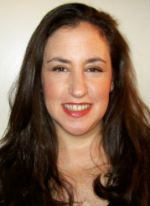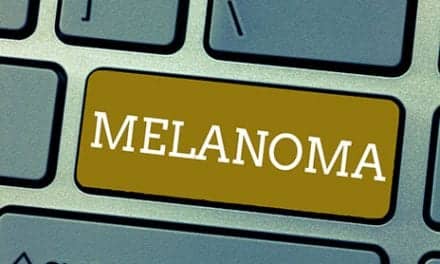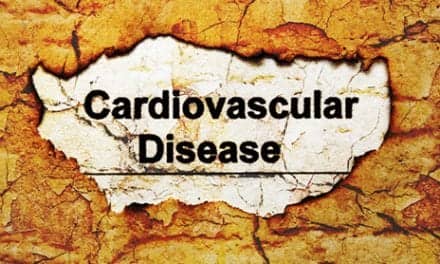
Denise Mann
My mother has Parkinson’s disease.
There, I said it. I wasn’t always able to say this out loud because that would make it true, but of late, I have come to terms with her disease.
She is 65 years old, and has what her internist once referred to as “the worst case I have ever seen.”
She was diagnosed about 6 years ago, and the disease has progressed with a vengeance. It usually does.
There was some talk about taking her to Germany for an experimental stem cell therapy a few years back, but for many reasons (including the vagary surrounding this “cure,”) she never made the sojourn. My mom is currently on a cocktail of medications to control all of the signs and symptoms of this devastating illness. Sometimes they work better than others.
Stem cell-based treatments fall under the rubric of regenerative medicine. Everyone has or will have their own very personal reasons for caring about this avenue of research. For me, it’s my mother’s illness.
The idea of a stem cell cure sounds so appealing, but the only thing worse than no hope is false hope. In truth, there is promise and progress in the treatment of many diseases and conditions using the components of regenerative medicine, but there are also hucksters and shysters who are willing to take a person’s last dime and last iota of hope for the chance of a cure.
This special issue of Plastic Surgery Practice delves into exciting work going on in labs across the globe that is helping to move the field forward. Progress is in baby steps, but after time, these baby steps add up, and before we know it, they will be considered great strides.
We are far away from offering stem cell cures for devastating illnesses, but pretty amazing stuff is taking place right now, and plastic surgeons are on the forefront. Regenerative medicine techniques and technologies are giving our soldiers their lives back. Doctors are replacing lost muscle so injured vets can walk without assistance, and are using fat grafts to correct extensive soft-tissue facial injuries. They are also developing prosthetics that can touch and feel.
This issue has been in the works for some time. In 2011, I listened as this month’s cover, J. Peter Rubin, MD, discussed the American Society for Aesthetic Plastic Surgery (ASAPS) and the American Society of Plastic Surgeons (ASPS) position on the use of stem cells in aesthetic surgery. The message then was one of cautious optimism and healthy skepticism.
A year later, he sat down with me to discuss what had changed since the initial position statement was released. We also discussed the possibility of an issue devoted to regenerative medicine. We agreed that the coverage would highlight the progress and put a face on the potential, but do so in a balanced and fair way. We also both agreed that it wouldn’t be sensational. Instead, the coverage must be realistic and responsible.
I think you’ll agree that we succeeded.
On that note, this issue would not have been possible without the help and guidance of Dr Rubin, and I am extremely grateful for his feedback, availability, and understanding of my often unforgiving deadlines.
Let us know what you think during the ASPS meeting.
CORRECTION
On page 18 of the September 2012 issue, the pull quote in our article on the Keller Funnel should have read 27-fold decrease. The information is correct in the article’s text. We regret this error.





